Games
NYT Sudoku: How To Solve Sudoku Puzzle In Ten Steps Or Less
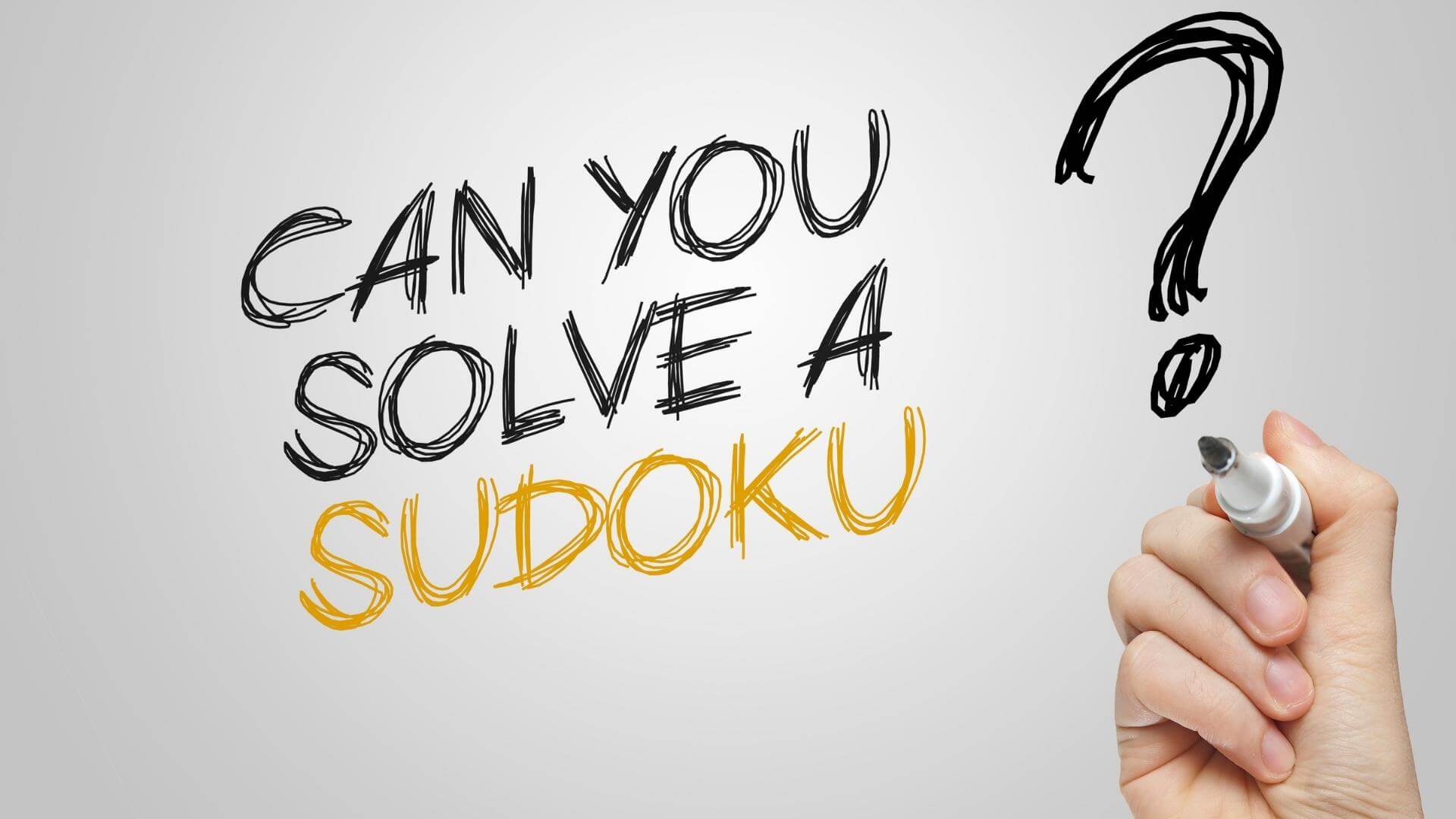

In case you aren’t familiar with the popular nyt sudoku puzzle game Sudoku, the general objective of the game is to fill out a 9×9 grid with numbers such that each row, column, and 3×3 section contain all of the numbers 1 through 9 only once. It’s easy to assume that this simple objective would lend itself to an equally simple solution. Still, if you’ve ever tried to figure out a nyt sudoku puzzle on your own, you know that Sudoku puzzles can be mind-bogglingly tricky. So how do you solve them quickly?
What are new York times Nyt Sudoku?
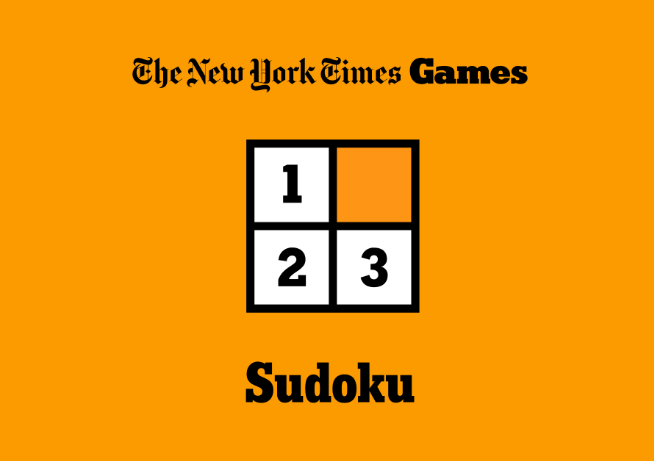

New York Times nyt sudoku puzzles are easy to play and fun for everyone. The rules of nyt sudoku are elementary, so if you have never played before, you will be able to play our games right away. Once you start solving these puzzles, you will be addicted! To solve a sudoku puzzle from The New York Times in just 9 minutes, you need some good tips to help you move fast and make fewer mistakes when filling out numbers on the grid. Below is a description of one of several techniques which should help your speed up if appropriately applied during your next New York Times sudoku challenge.
Tips and Tricks To Solve NYT Sudoku Faster
Sudoku is one of those puzzles that people either love or hate. If you are like me, you love it and will solve any nytimes Sudoku puzzle you can get your hands on. I would go so far as to say it is my favorite type of puzzle. There are many types of puzzles, and some people claim Sudoku is not a puzzle because there are few choices involved when solving it. However, they have never had to develop a solution themselves and probably don’t understand how difficult it can be to work out those little numbers.
Step 1: Be sure you have all rows
Be sure you have all rows, columns, and 3×3 sub-grid blocks filled in. Make sure that each of those is wholly contained within a more fantastic group of ny times sudoku. If not, you can skip stepping 4. Step 2: Focus on solving one block at a time. Block by block, if you will. You should be able to reduce your problem into three separate columns (left), two rows (top and bottom), and two diagonal lines for nine squares each, for a total of 18. Within these 18 squares are 6 groups of 9 (nine per block). Step 3: Solve from left to right, from the top-down, from the upper left corner down, and across to the lower right corner.
Step 2: Solve one square on your grid
Start by figuring out just one of your 19 cells and then cross off that cell. One of two things will happen: Either you’ll complete one of your rows, columns, or individual squares (which you can cross off completely), or you’ll have more than one possibility for what could go into that cell. If it’s a multiple-choice situation, think about sudoku puzzles which are most likely, and make an educated guess of what should go there. This technique is helpful because you can always come back here if you find yourself stuck on step 8.
Step 3: Train your mind
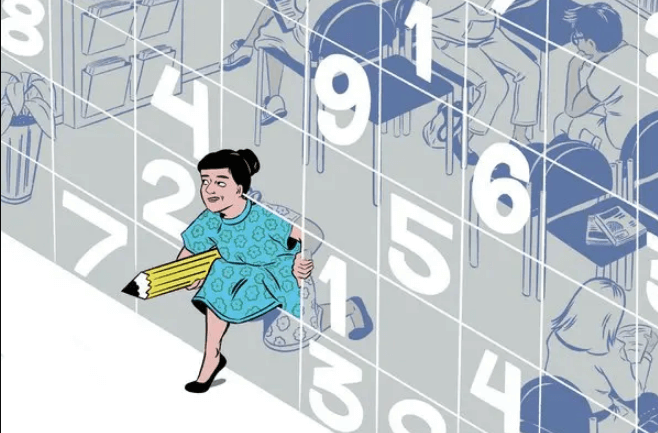

How does solving Sudoku online help you get through math homework? Because studying Sudoku puzzles force you to focus on patterns, look for shortcuts and use logic and reasoning—skills vital when doing math. So next time you’re sitting at home with a challenging problem from your homework, try tackling it with some help from someone good at solving puzzles: yourself! Here are ten tips for mastering Sudoku puzzles faster than ever before.
Step 4: Solve it
Once you have all of your numbers filled into all of your cells, you’re done! Compare your answer with that given by The New York Times. If they match, then pat yourself on the back and move on. If not, try another method. Solving sudoku nytimes is not as complicated as some people think it is; however, there are many techniques for solving Sudoku puzzles. When used properly, these techniques can help you solve any Sudoku puzzle quickly and easily. Most puzzles can solve in just 10 steps or less. Below is a step-by-step guide to solving every type of Classic Sudoku game published by The New York Times. Each step comes with an example at either end (very easy vs very difficult) so if you’re stuck on one level, feel free to skip ahead.
Step 5: Sudoku puzzles are so difficult
Solve any Sudoku puzzle fast with these tips from The Sudoku New York Times. Some Sudoku puzzles are so difficult. It can take hours of puzzling and guessing before you finally arrive at a solution. Here is how you can solve most puzzles in just minutes using simple clues from sudoku easy. Break any 7×7 grid into blocks of four and look for spots where two numbers add up to nine. Nine-Spot Trick Then use these pairs to locate a 9 elsewhere on your grid. Let’s say you have already identified three pairs of numbers that add up to nine (1 + 8 = 9; 6 + 2 = 9; 3 + 4 = 9).
You’ll want to find another spot on your board where those same three values appear in sequence – 1-8-6 or 3-4-6. Remember your list of pairs (1 + 8, 6 + 2, 3 + 4). This new list helps you identify other hidden 9s. Write them down as quickly as possible without spending too much time pondering each move. The faster you write them down, the better chance you can solve more puzzles later.
Also read: Carnival Row Season 2: Why Everyone is Waiting for It?
Step 6: Establish Intellectual
Establish Intellectual Property and Legal Considerations: The next step you’ll need to involve is establishing intellectual property and legal considerations, especially if you plan nytimes crossword on starting your business as an LLC. If you are going solo with your business, you don’t have much work since you are operating under your name. But if other people will be working for/with your company. It would be wise to change things by changing your business entity. The two most common types of businesses are sole proprietorships and corporations.
Step 7: Solving Sudoku Puzzles every day
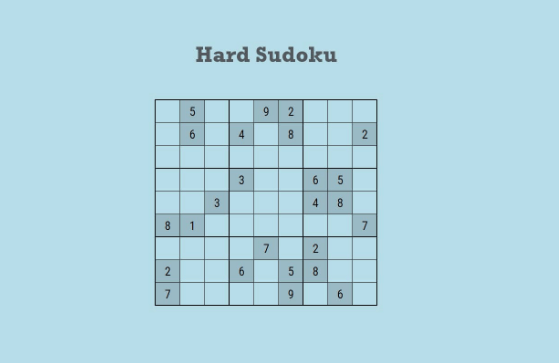

Start Solving nyt Sudoku Puzzles every day – As you gain experience solving Sudoku puzzles, you’ll get better and faster at it. My advice is: start with an easy one. To know what’s an easy one, first consider four different levels of difficulty: Easy, Medium, Hard, and Diabolical (i.e., ridiculous). Several stars represent each level of difficulty. A 4-star puzzle is easy; 3-stars difficult; 2-stars harsh; 1-star brutal. You want to aim for no more than 1-2 star puzzles when you’re just starting. The reason for this is twofold: 1) They’re more straightforward and therefore more accessible for your brain to handle, and 2) You can always move up in difficulty later on once you’ve become comfortable doing things step-by-step from scratch. As always, practice makes perfect.
Step 8: learn essential strategies
Solve at least one Sudoku puzzle every day: Solving sudoku unblocked daily improves your speed, and helps you learn essential strategies that can be applied to other math-related problems. So, while improving your mind may not give you lightning-fast skills at solving puzzles, it’s an easy and fun way to exercise your mental muscles without even noticing you’re doing it. If you want some actual practice, try signing up for The New York Times’ daily Sudoku e-mail.
Step 9. Take breaks before you get frustrated
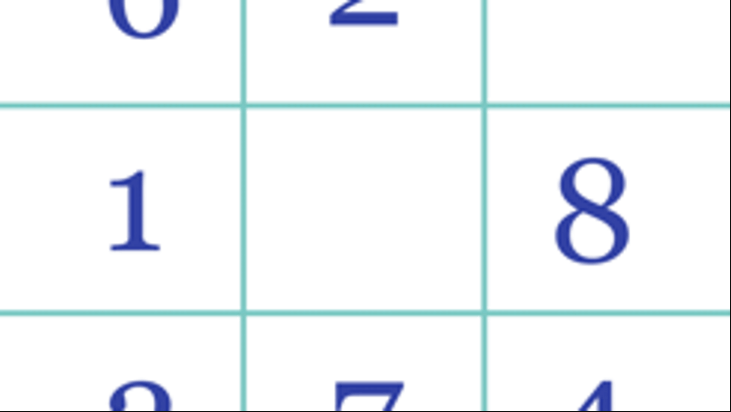

Before you start feeling overwhelmed, take a break. Nyt Sudoku puzzles are meant to be fun and challenging, not frustrating. Take some time off when you need it—just promise not to give up! You will get there. Some people like to build small grids into their overall grid. The first level is for patterns that occur across whole rows or columns; any patterns within those blocks go on your next level (i.e., second-level squares).
And then any sub patterns within those squares go on your third level (i.e., third-level boxes). You don’t have to do things that way, though—the idea is simply to keep track of where you’re putting blocks of numbers together. Some players also like to write out their logic as they go: If I put a 9 here then I must put a 3 here. But this can help keep you from going down blind alleys on more difficult puzzles.
Section 10. Memorize these tips for next time
Memorizing shortcuts helps you solve puzzles faster. As a bonus, memorization can help stave off mental fatigue, which is especially important if you’re doing hard-level mini sudoku. The more complex and time-consuming a puzzle is, the more critical it is to have solid mental checklists for solving each step of every row and column.
As your brain fatigues, accessible opportunities to fill in blanks can be missed—or worse yet, filled in incorrectly (which will slow down your puzzle-solving process). To memorize these tips for next time: Read through all of them out loud once right now, then try solving a nyt Sudoku with these tricks on deck; no cheat sheet allowed.


